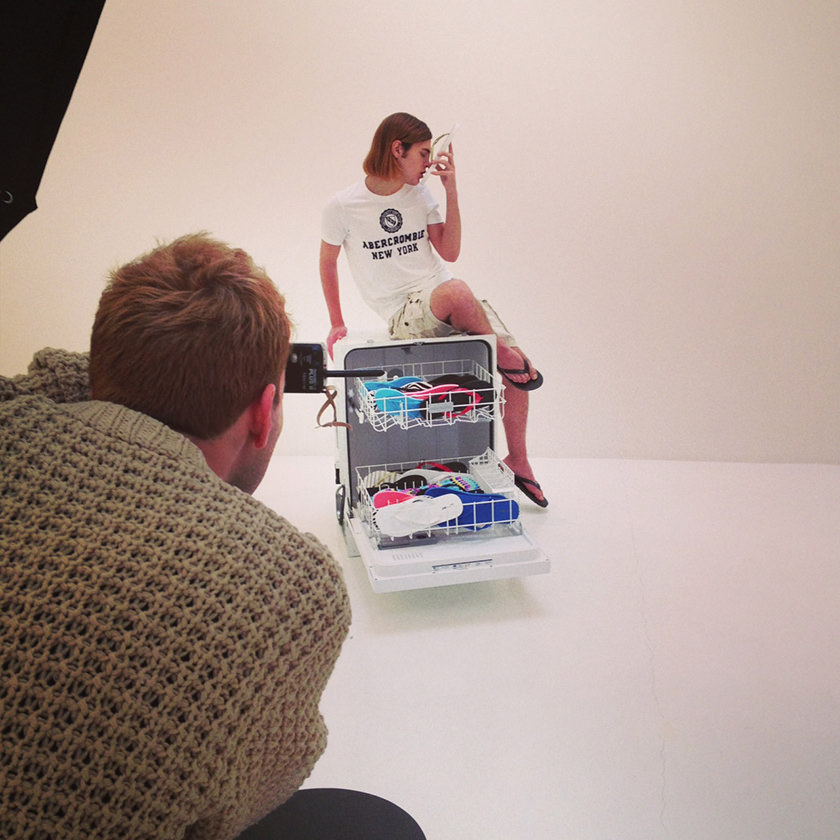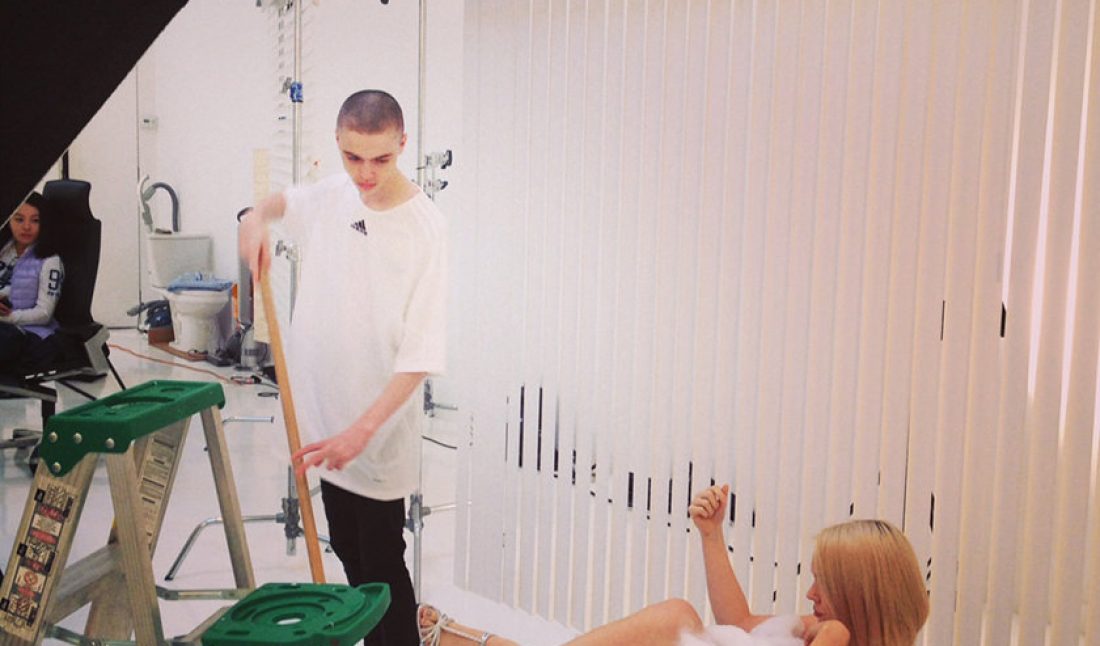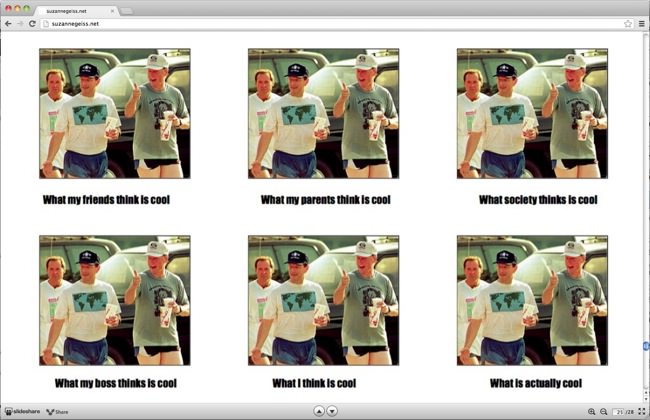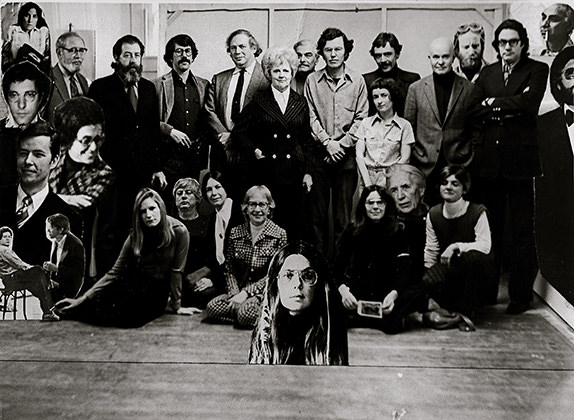Now through February 24, DIS Magazine is holding an open-studio at The Suzanne Geiss Company to create stock images. Title “DIS IMAGE STUDIO,” the photos taken during the three-week period, which viewers can pop in and out of to watch shoots, will later be uploaded to DISImages.com and appear in the magazine’s stock photography issue.
“This project will bring creatives together from different fields – art, design, film, technology – to create work that will be available to the public during its creation as performances, and after as internet-based images. That kind of collaboration and dissemination is exciting to us,” Suzanne Geiss told us.
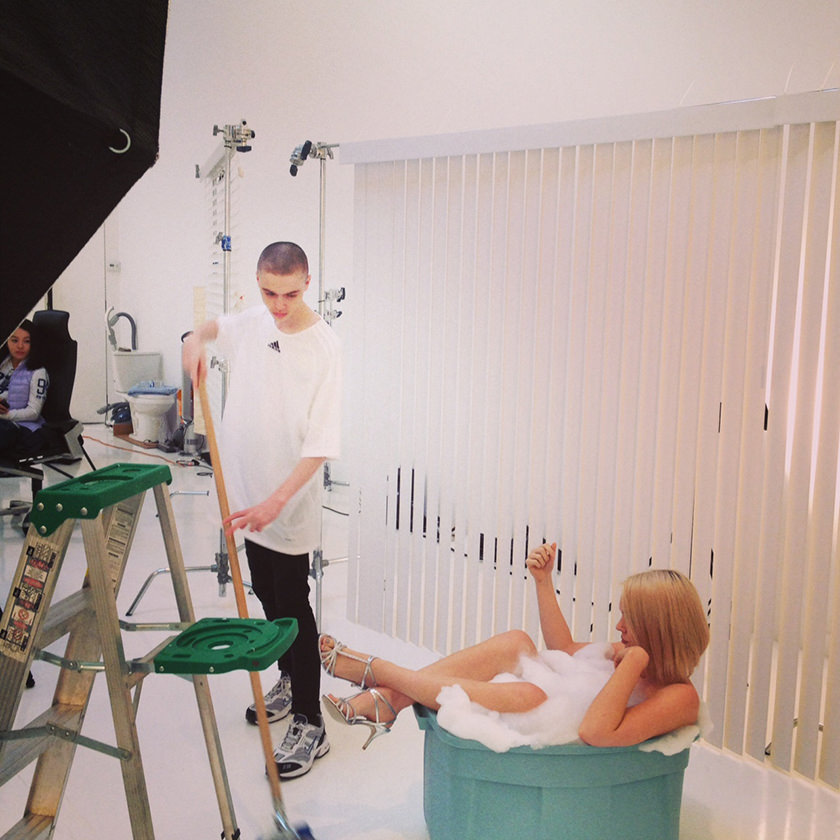
Since the creation of Robert Stock in 1920, stock photography has evolved to take on an increasingly substantial role in communication. It has also attained a specific aesthetic: expressly narrative, anonymous, open-ended photographs-in-waiting with white backgrounds that are a little bright and awkward. No smiling doctor holding carrots or suited men grinning at computer monitors will be found here; Geiss and DIS have gathered a group of energetic young contemporary artists – Ryan Trecartin, Takeshi Murata, Anne De Vries, and many other artists – to produce illustrations for ideas and concepts that have not yet been narrated by stock photography.
Whitewall caught up with the members of DIS to get their take on the project.
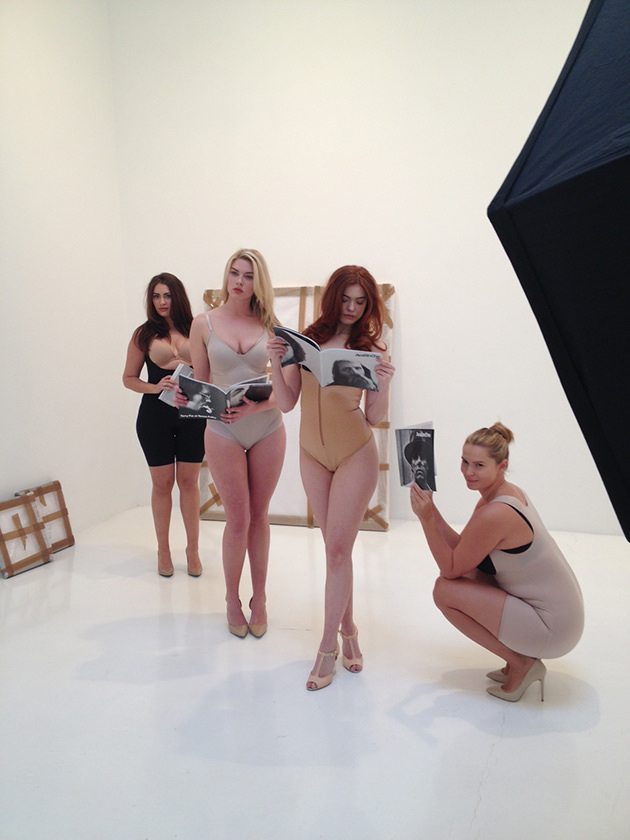
WHITEWALL: What do you hope to demonstrate with this project?
DIS: We hope to infiltrate Google Image searches. Through creating alternative scenarios and new stereotypes, we’ll actually be broadening the spectrum of lifestyle portrayal.
WW: The show has a long roster of artists – why so many as opposed to choosing to focus on a select few practices? How were the artists chosen and how do they complement each other?
DIS: A stock site needs a large pool of contributors and a variety of voices. We chose the specific artists involved because we felt their work would translate really well into a stock commodity, and also because we thought they would have a really interesting, critical approach to the medium. We asked them to create work that was essentially a stock extension of their own practice.
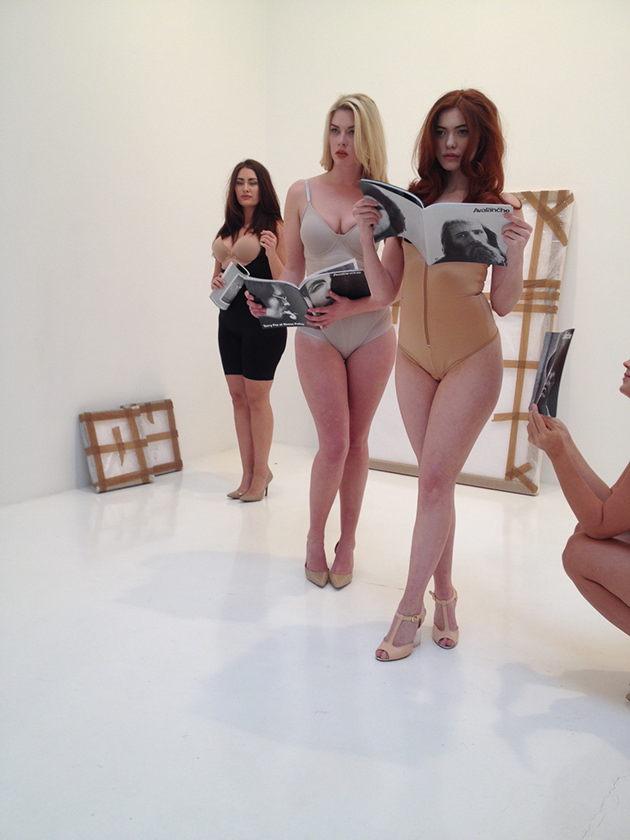
WW: What are your thoughts on the future of digital images and the role of stock photos? How do you think that will influence the future of photography as an art form or journalistic tool?
DIS: It’s a huge industry and it’s constantly changing. National archives are becoming privatized, and private images are becoming public domain — as with Flickr — or commercialized (see the recent news of Instagram’s terms of service change).
WW: What do you find intriguing about stock images? How do you think your project will contribute to the existing, extensive dialogue about digital reproduction, an explosion of images and information in the Internet age?
DIS: We’re interested in manipulating the idea of a stock image being “a code without a message” by allowing messages to seep into the equation, while still maintaining it’s status as a multi-purpose image commodity. We’re less concerned with the mode of production than the conditions of circulation, which in our case is hopefully wide reaching. The contents of DISimages.com will be distributed in a multitude of ways and available for art/editorial/commercial purposes. A third party is not just buying an image, they’re buying a non-transferable download. What happens after that is dictated by the Terms of Use.
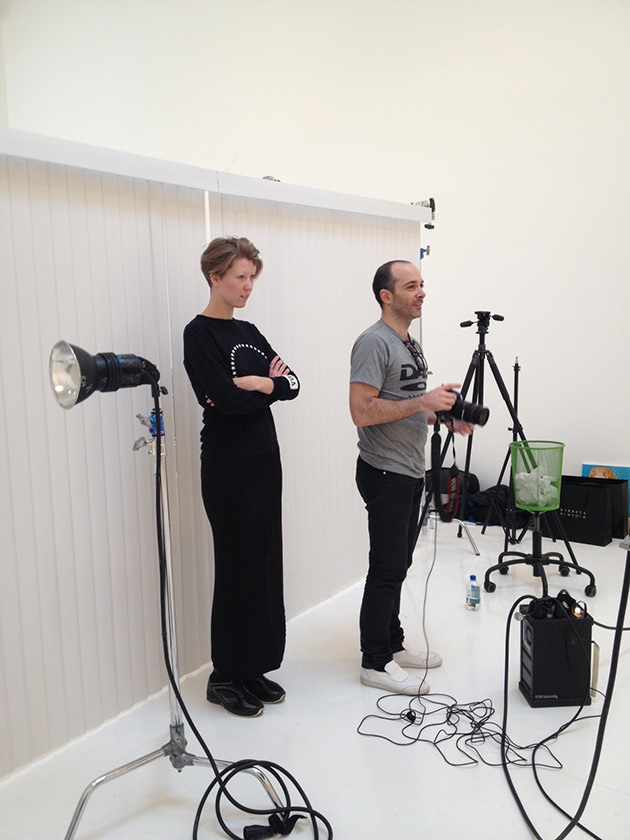
WW: Will the participating photographers and artists be pursuing some unconventional studio practices?
DIS: Andrew Norman Wilson is describing an image in words. If a third party decides to buy the image, a price is negotiated to produce the image, the image is made and goes back to DISimages.com where it can be sold, the third party would receive royalties from future sales. Ian Cheng is using 3D scanning to create avatars of upcoming models, they’ll be programmable to say anything, smile, frown, laugh. Josh Kline is making intern stock, helping to fill this cultural blind spot in which interns are “hidden in plain sight, seen, but not remembered.”
The Suzanne Geiss Company, established in 2011, is a gallery situated on Grand Street in downtown, Manhattan.The Company’s focus is the comprehensive support of artists and their wide-ranging, ambitious visions. Motivated by a commitment to innovative art across disciplines, the program encompasses historical exhibitions, shows by established and emerging artists, as well as a range of site-specific artist projects.
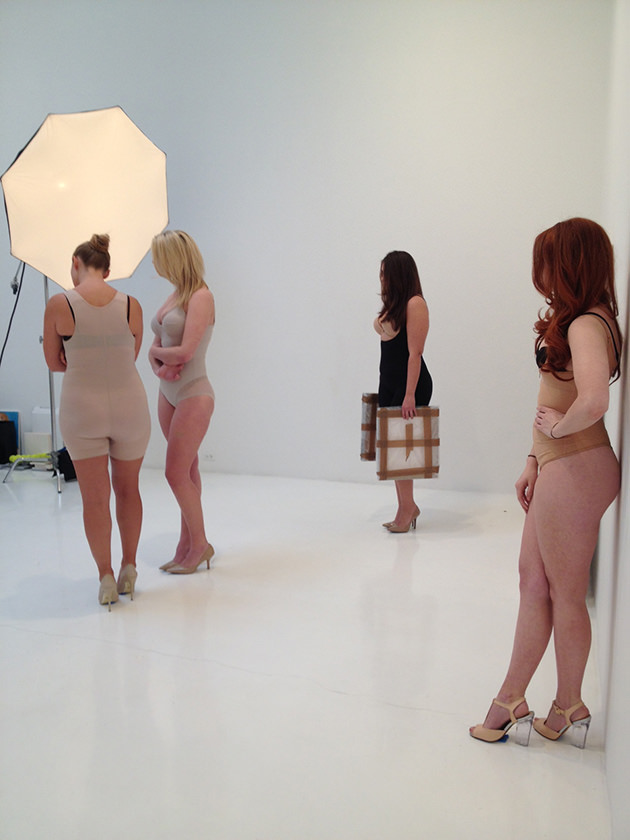
DIS is a post-internet lifestyle magazine, an online platform that provides a cross-disciplinary cultural laboratory. The project includes a revolving-door cast of friends within and beyond the worlds of art, fashion, music, and technology.
DIS magazine.com launched in March 2010. Recent projects and issues include: ‘The Art School Issue’ (2012); ‘DIS_RT’, MoMA PS1, New York, DIS HQ, a residency in collaboration with Lizzie Fitch, Invisible Exports, New York and Kim Kardashian Kontest, Mondrian Hotel, Miami Beach (all 2011). Group exhibitions include: ‘Counterfeit Anxiety’, Collette, Paris (2011) and ‘Free’, the New Museum, New York (2010).
